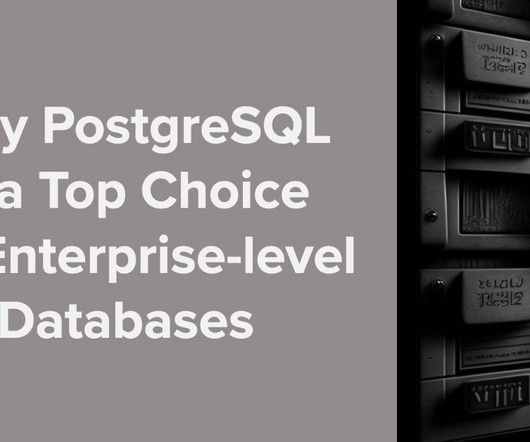The Ultimate Guide to Database High Availability
Percona
JUNE 22, 2023
To make data count and to ensure cloud computing is unabated, companies and organizations must have highly available databases. That doesn’t mean downtime is nonexistent, but it must be limited so that significant/irreparable damage (as defined by the business or industry) does not occur. More in the following sub-section.)











Let's personalize your content